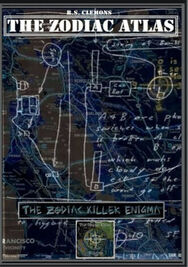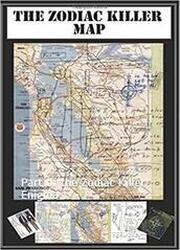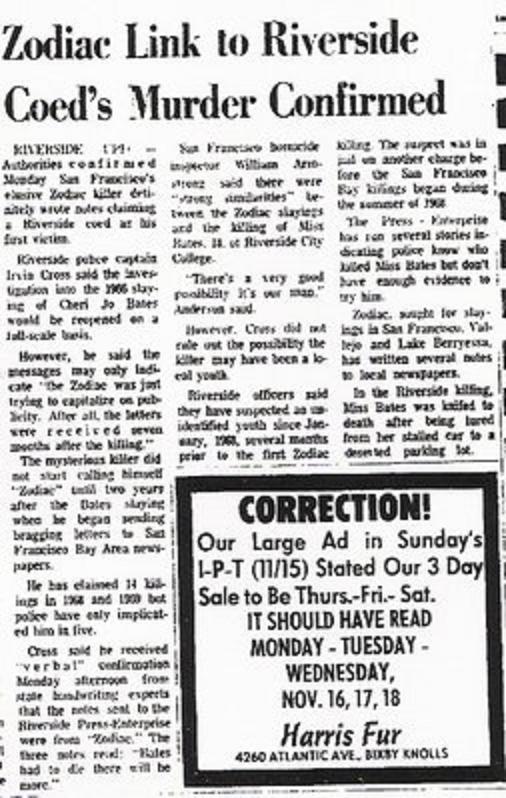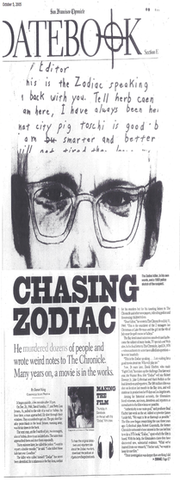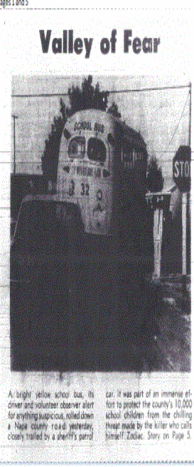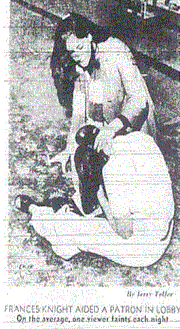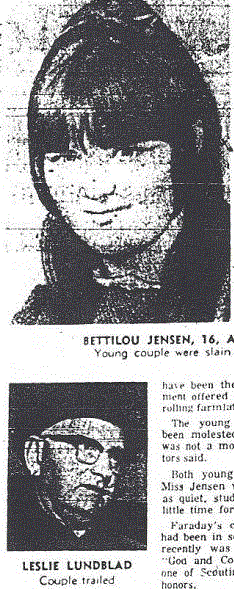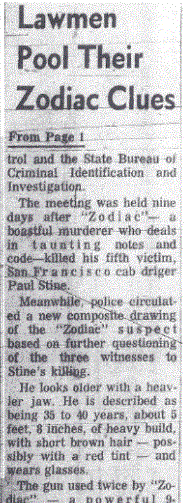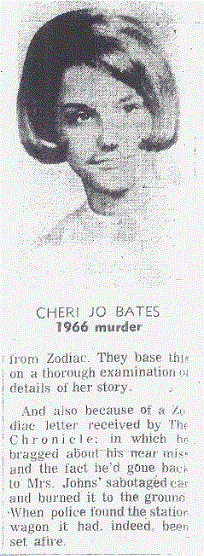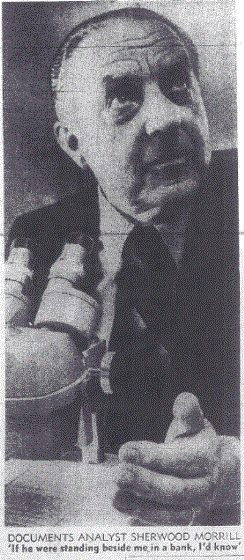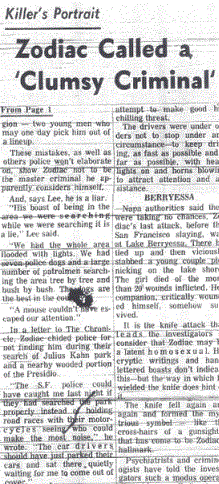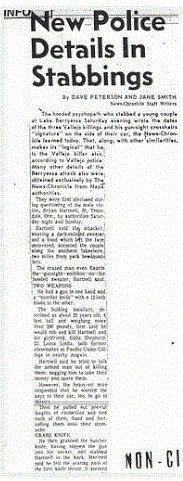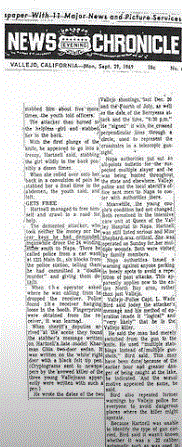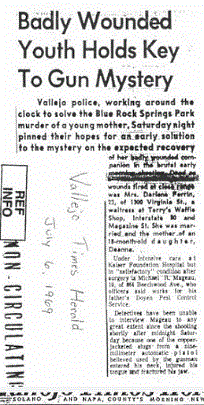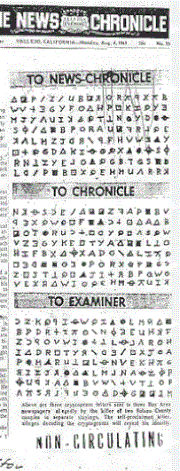Walter Siebert stated that "he and a few friends were in the library from 7:15 pm until 9, but did not see Miss Bates, whom they all knew. They said they saw four men dressed in work clothes sitting on a fence across from the spot where Miss Bates' car was found, but they did not know them".
If we believe the 'Confession' letter and tie it alongside these statements, a picture unravels of a woman who likely discharged her books and left the library within a very short time - leaving prior to 6:30 pm. However, according to the author of the 'Confession' letter, he would have effectively disabled her vehicle extremely close to the library entrance sometime between 6:00 pm and when she exited the library. She would then have discovered her disabled Volkswagen and taken up the offer of assistance by this unknown person, walking back past the library entrance, completely dismissing the option of assistance from anybody inside the library, including making a phone call, and traveling into a dark alleyway (despite being afraid of the dark), while simultaneously leaving her car keys in the ignition, windows rolled down and car doors unlocked. Not withstanding the fact, a female eyewitness saw no body in the alleyway circa 9:30 pm, and screams were heard from that location by two earwitnesses around 10:30 pm. One could argue, that if these observations make no sense, then the story depicted by the 'Confession' letter is fiction regarding the timeline it suggests.
The 'Confession' letter gives the impression of a good Samaritan "offering to help" when Cheri Jo Bates failed to start her vehicle, and she blissfully wandered off with him into a dark alleyway. The added suggestion of "brush offs" in the letter may have wanted to infer that the killer and victim were known to one another and hence her willingness to walk alongside him. Yet this seems too obvious a conclusion to be drawn, focusing the investigation inward to friends and relations, and thereby would not have been wholly relied upon as the truth by investigators - who could easily have formed an opposite stance.
But if Cheri Jo Bates willingly left the library with somebody she knew or had arranged to meet shortly after opening time, and had returned to her vehicle circa 10:30 pm with this person, then it is conceivable the confrontation or disagreement began by her vehicle, and the disabling of her vehicle was integral to it. The condition of her vehicle the following morning may suggest she was preparing to leave for home that night when things took a turn. The sabotaging of her distributor not distinct and separate to her discovering her disabled vehicle, but part of one continuous sequence. Left with little option but to seek help, she headed off to ring for assistance, leaving her vehicle in a condition she otherwise would never have done. She is dragged or forced into the alleyway and the rest is history.
The 'Inside Detective' magazine stated "Two young girls who said they knew Cheri Jo, gave a taped interview to a crew from a Los Angeles television station. The girls in the interview, said that Cheri Jo had told them Sunday that she was "going to the library to meet her boyfriend. However, Sgt Gren said that while Cheri Jo had met her boyfriend in San Francisco the weekend prior to her murder, the boy was still in the Bay Area at the time of her death. The statements of the two girls were based on hearsay and not on fact Captain Cross told newsmen". However, were the two young girls referring to Dennis Highland or somebody else. If Cheri Jo Bates had made alternative plans to meet somebody that evening, could this be our murderer? He may certainly have been known to the young girl and more crucially to the friends of Cheri Jo Bates.

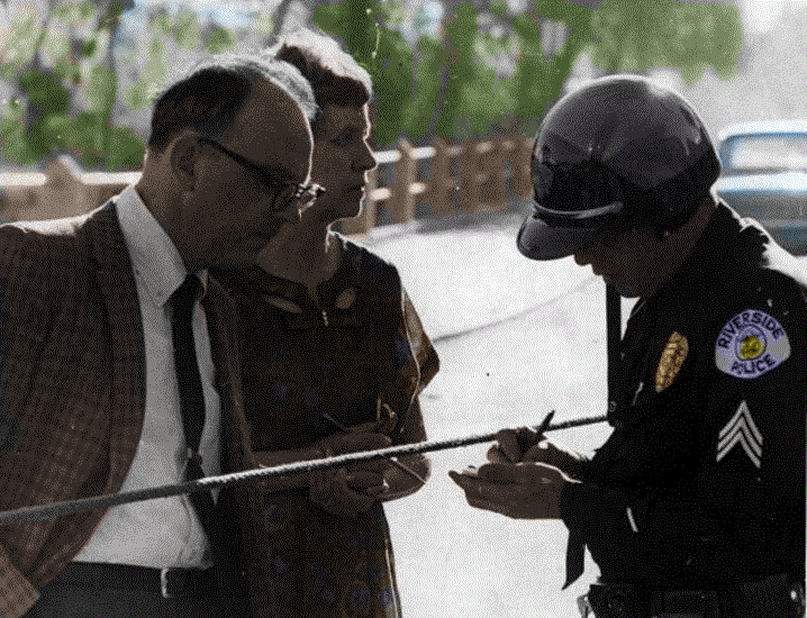

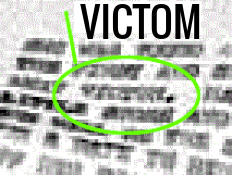
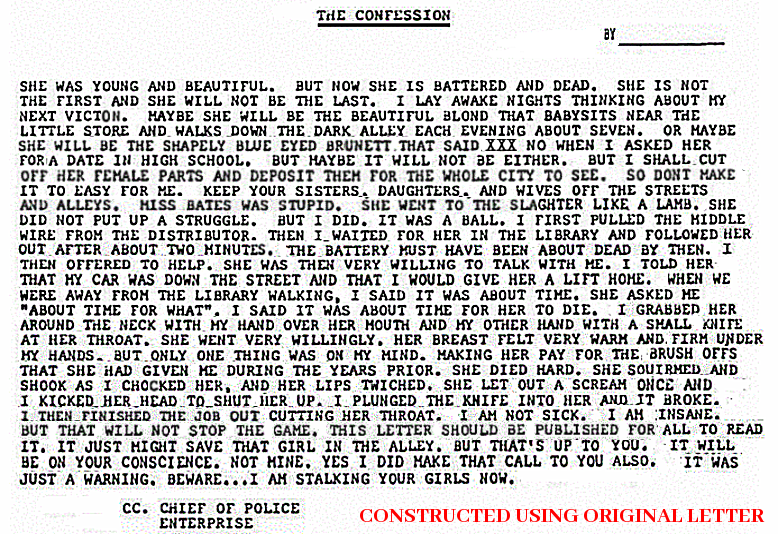




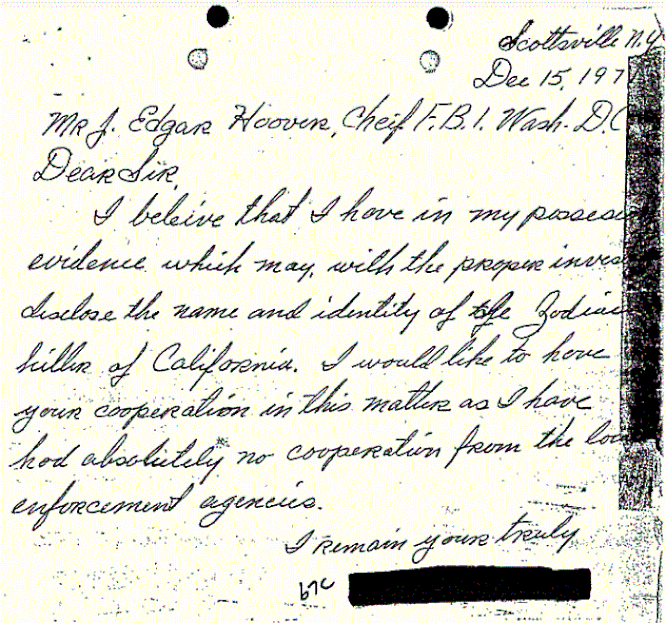



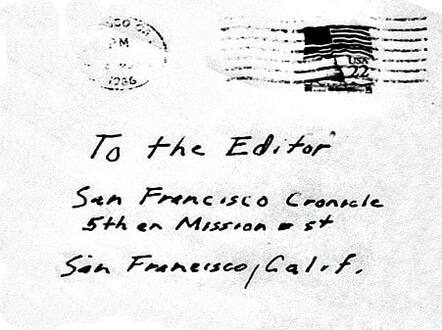
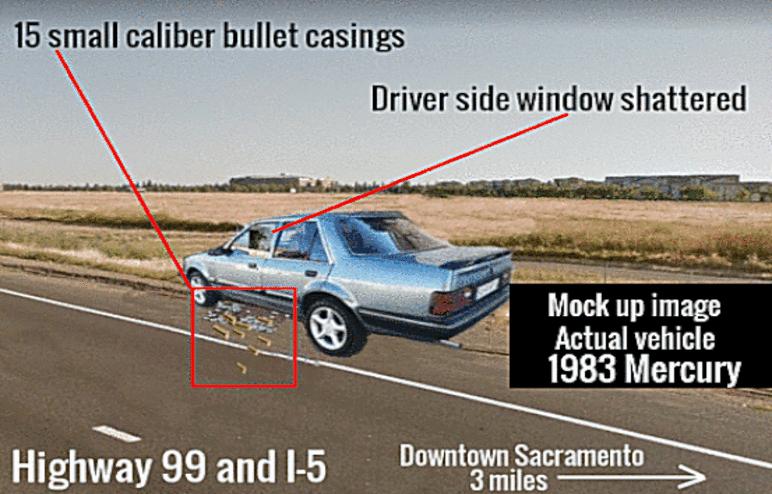



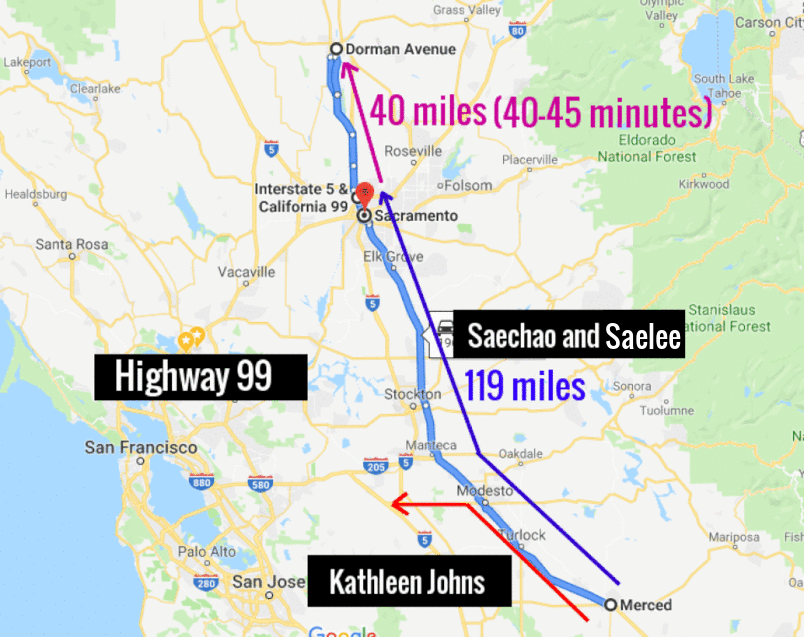

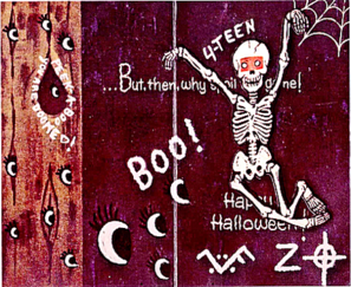
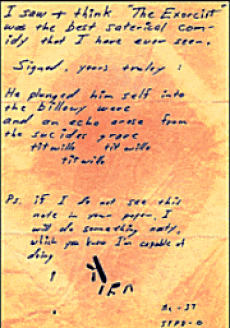

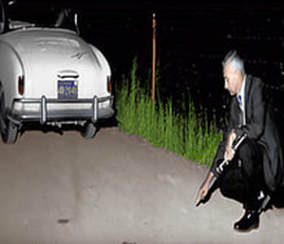




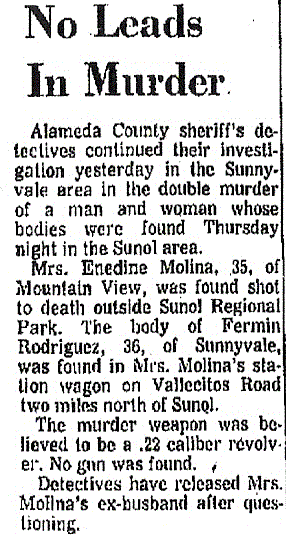
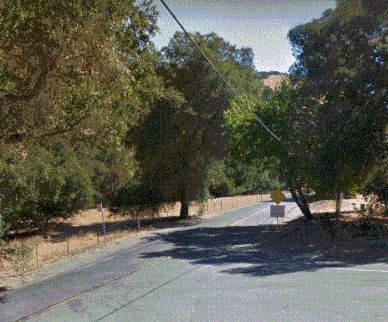

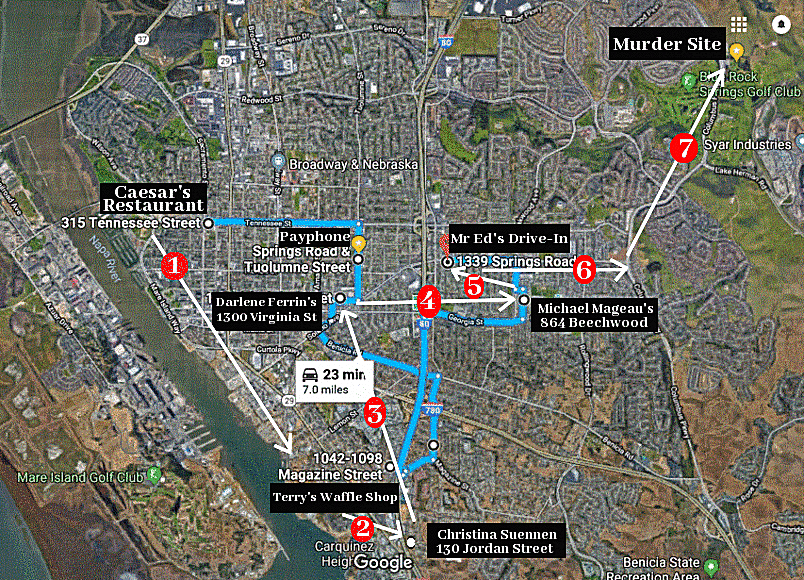
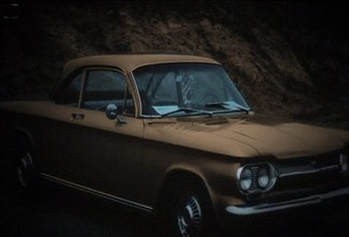
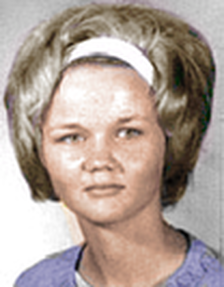
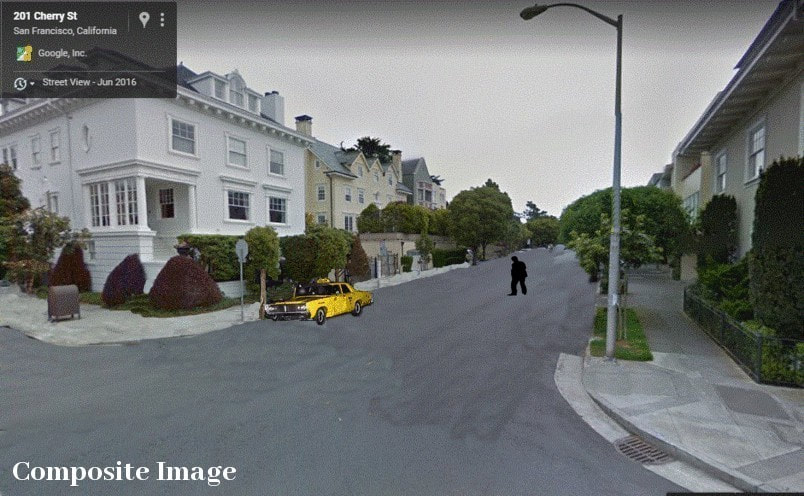
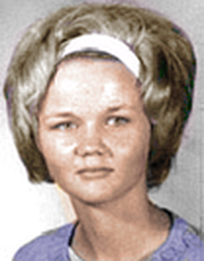
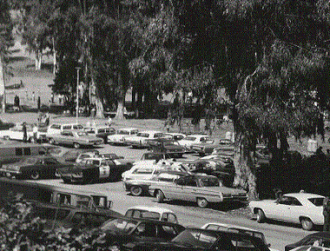
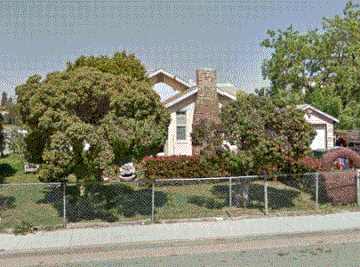


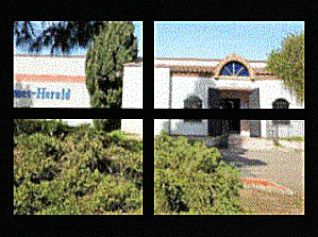

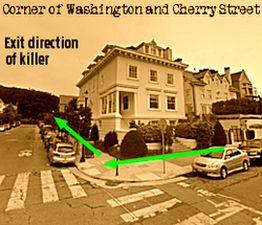

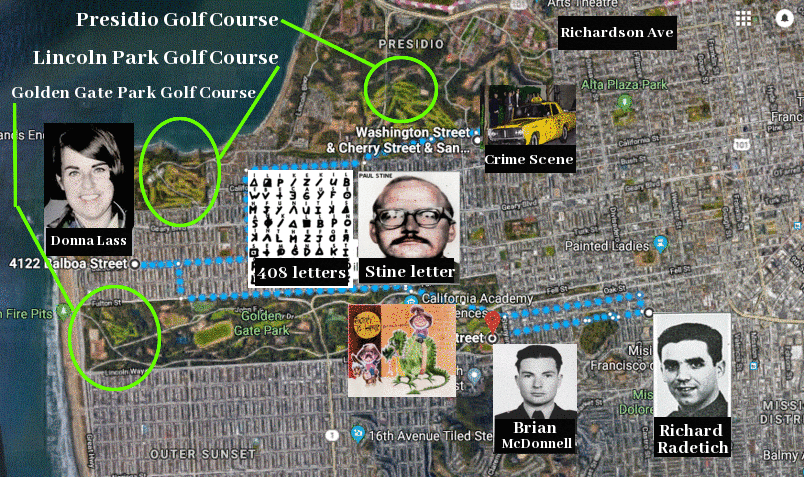
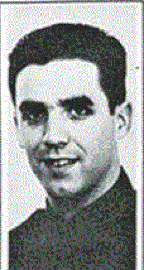




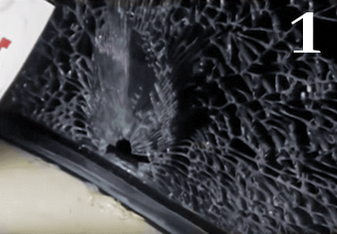

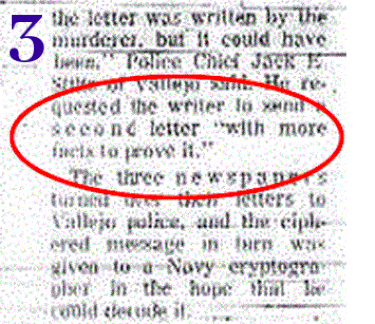

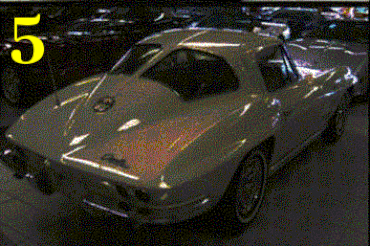

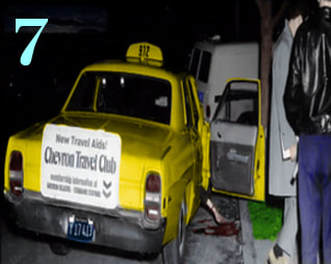
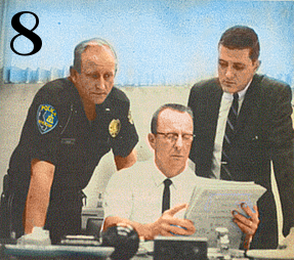
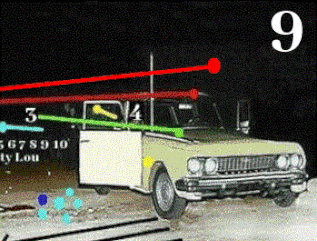





 RSS Feed
RSS Feed



